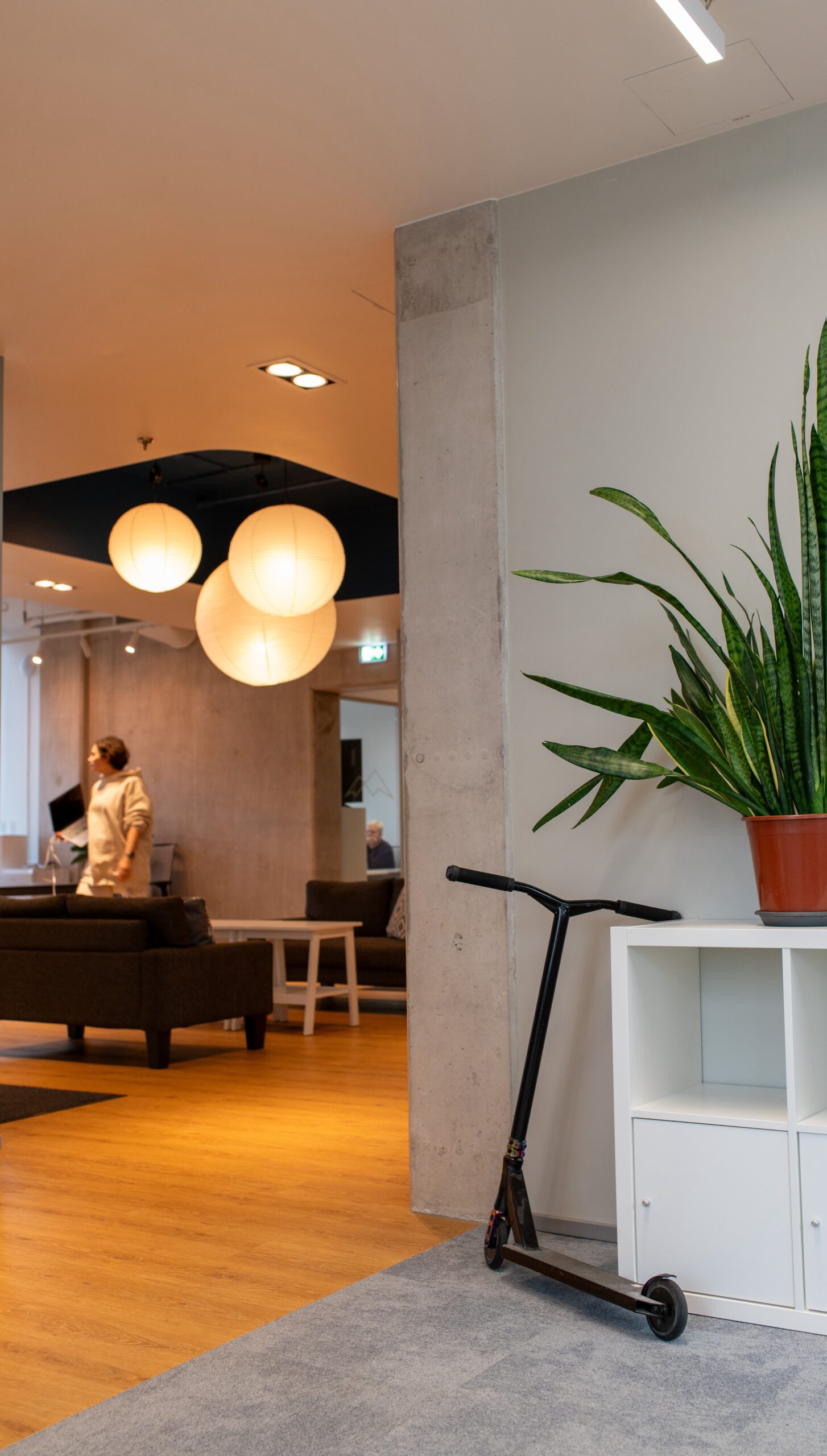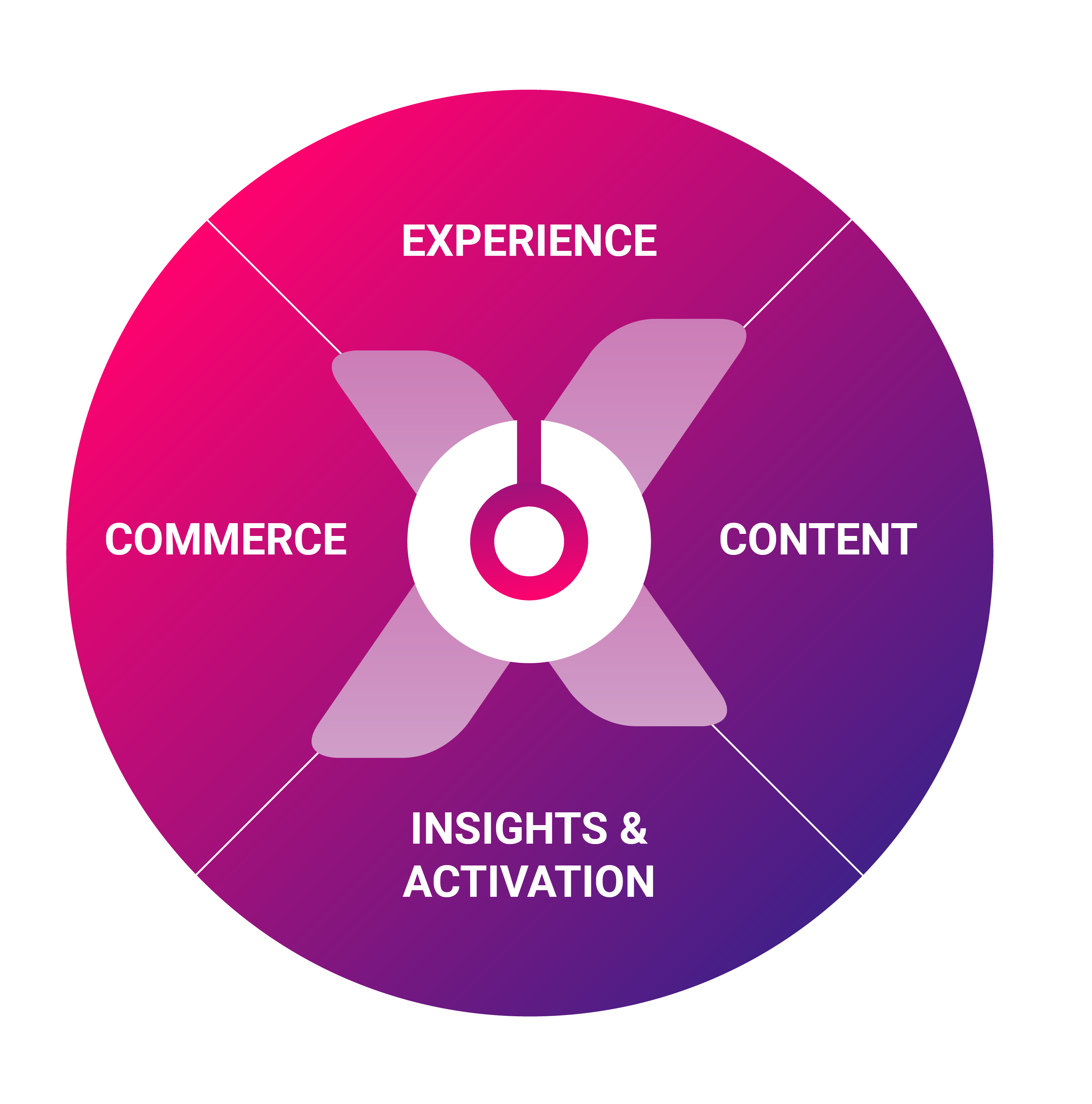Microservices vs. headless vs. composable: What’s the difference?
Microservices, headless architecture, and composable architecture are all related concepts within ecommerce architecture, with each promoting modularity and flexibility:
Microservices is an architectural approach where an application is developed as a collection of small, independent, and loosely coupled services that communicate with each other via APIs.
Headless is a component of the composable architecture concept. In a headless online store, there is no “head” or “presentation layer” for end users to interact with. Instead, headless refers to a complete separation between the backend and frontend (presentation layer), rather than treating them as a single platform or suite.
Composable architecture embodies an environment comprising autonomous systems and modules interconnected via APIs. Composable architecture can accommodate various headless implementations.
Frequently, adopting headless represents the initial move towards a flexible strategy like composable architecture, where both front and backends consist of distinct components or “microservices.”














